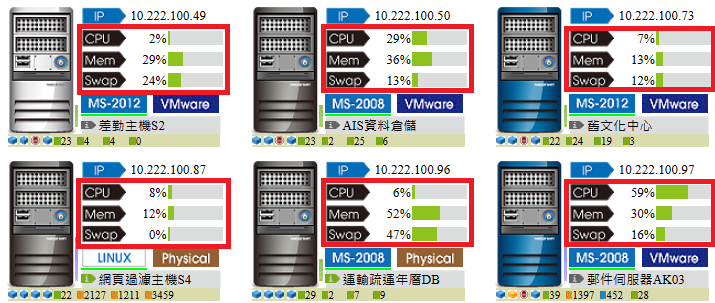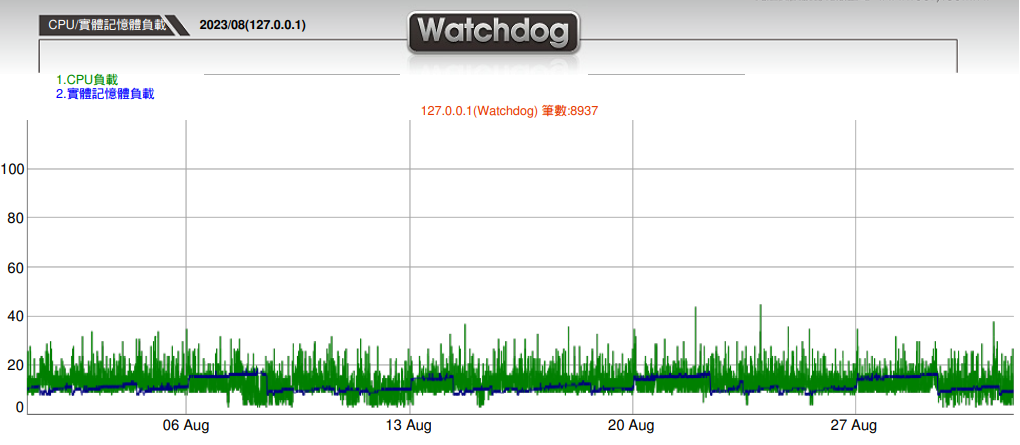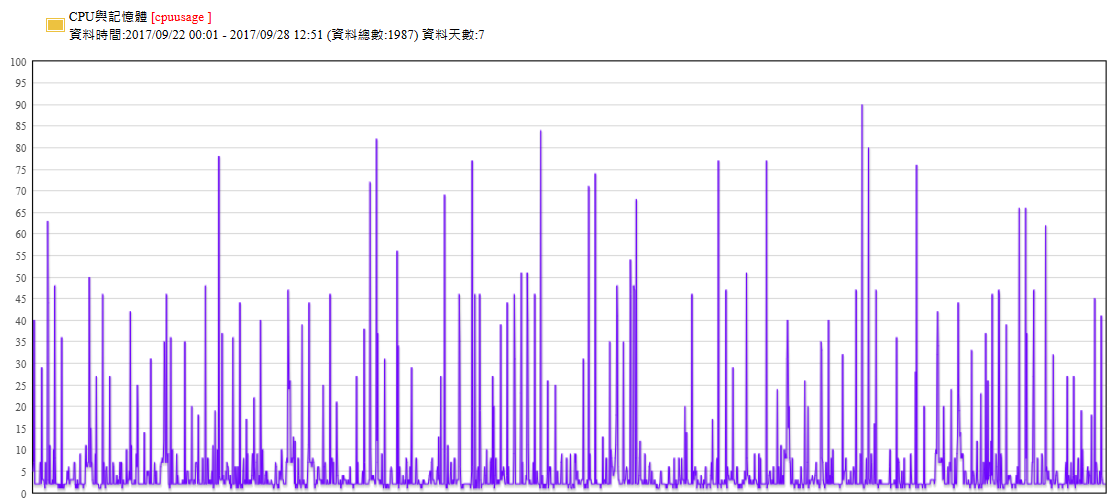
The operational efficiency of servers is key to maintaining system stability.

Basic monitoring indicators include:
➢ CPU Load
➢ Memory Usage
➢ Virtual Memory Swap Usage (Unix/Linux)

Different servers have varying load characteristics based on their specific application needs.
For instance, an Exchange MailBox server may have a higher memory usage, which is normal.
Therefore, when setting up alarm mechanisms, it's necessary to adjust the alarm thresholds according to the usage characteristics of each server to avoid unnecessary alarms.
Flexible Alarm Mechanisms and Timing Adjustments
WATCHDOG offers highly flexible alarm settings to meet the needs of different users, including:
➢ Number of anomaly detections: Can be set from 1 to 99 times, with a default of 3 times.
➢ Interval time for anomaly detection: Between 1 and 99 seconds, with a default of 30 seconds.
➢ Mute periods: Alarms can be silenced during specific periods to reduce disturbances.
➢ Alarm thresholds: Different CPU and memory alarm thresholds can be set according to each server's usage characteristics.
In addition, WATCHDOG supports periodic performance analysis reports,
including weekly and monthly performance reports as well as long-term data records.

